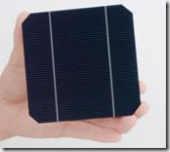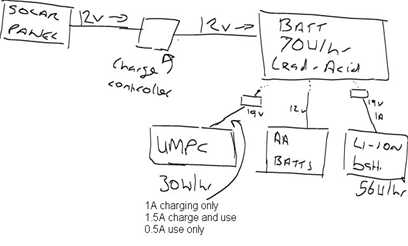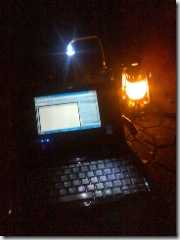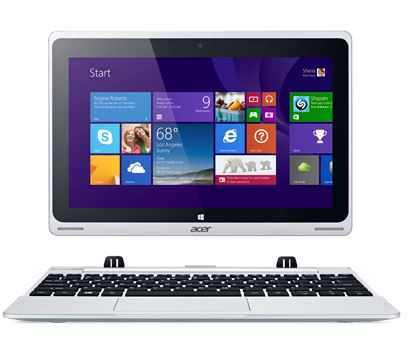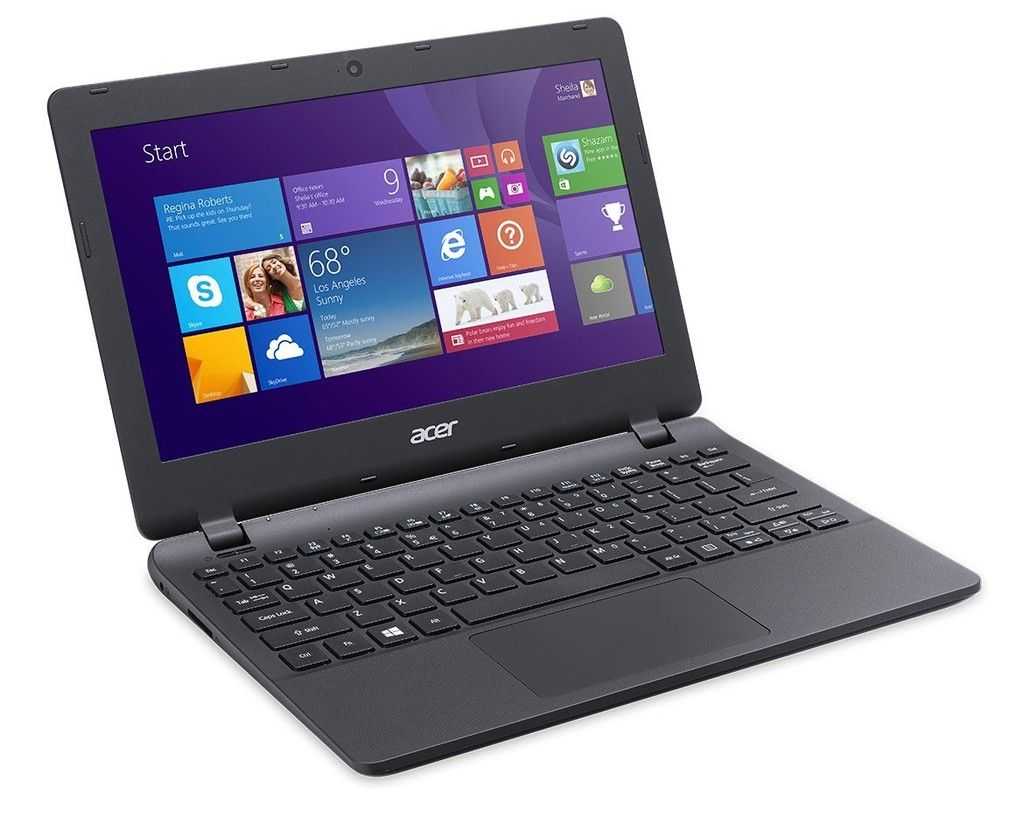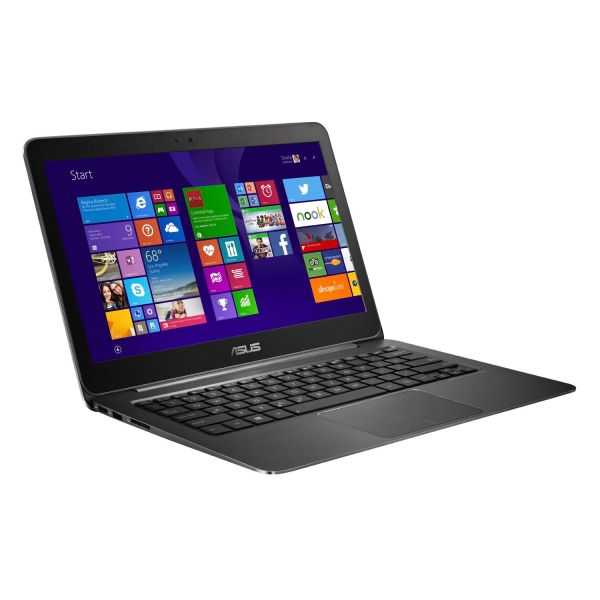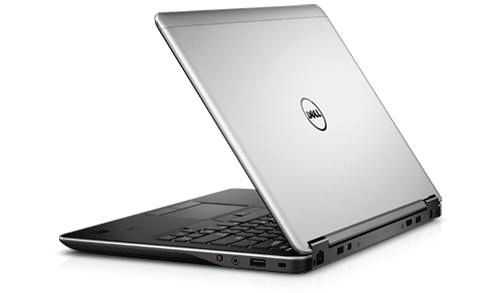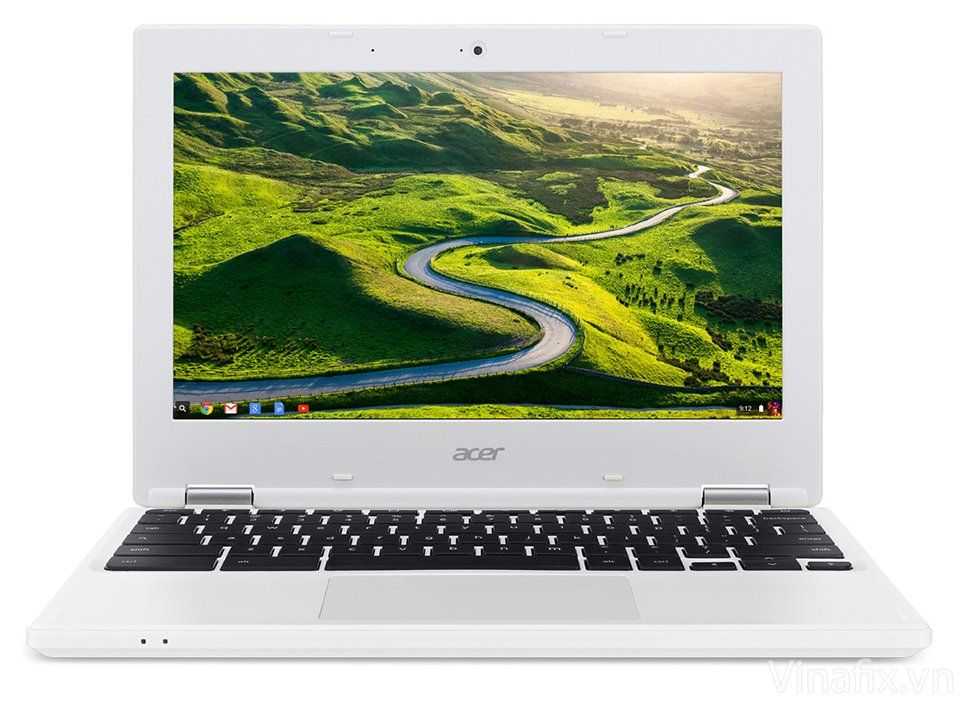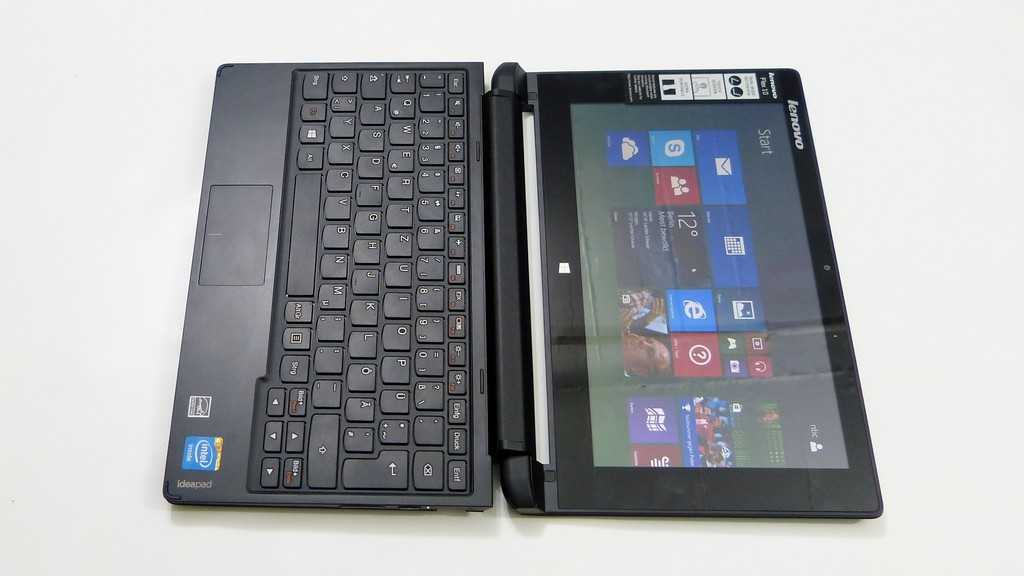In a recent comment here, someone asked why the Lead-Acid battery was needed. Its probably not too clear in the video why I use it so I reproduce my answer (which comes from the best of my knowledge!) here.
There are two main problems with charging Li-Ion batteries from Solar panels.
Firstly, Li-Ion batteries (in notebooks and battery bank) charge using a constant current (stream) of power. For common notebook batteries and battery banks such as the Tekkeon MP3400, this is around 1A. A lot of the 12V portable solar panels only reach this power at high sun levels meaning you can only use them for a few hours mid-day. In fact a 12W panel might not be enough to even start the charging process. Secondly, if you have a huge panel that could deliver, say, twice as much power as needed, its not used. Only the power needed is taken. The rest is wasted.
These two problems can be overcome at the expense of weight with a lead-acid battery.
L-A batteries are more flexible. You can charge them with a trickle and also with a higher charge rate. They are much more suited to pairing with a solar panel. The problem with this solution is weight. Small 12v L-A batteries are over 2KG in weight!
What’s needed is a flexible Li-Ion battery charging solution. Currently there are no products on the market that can archive this but I’m searching hard!
In summary there are 2 solutions.
1 – Get a panel powerful enough to charge a Li-ion battery at 70% of its rated output. For example, a 25W panel and the Tekkeon MP3400 Li-ion battery. This will give you about 4 hours of charge time on a sunny summer day. (Mid-Europe) This should be enough to completely fill up the Li-ion battery.
2 – Go for a heavier solution with a L-A battery and give yourself more charging flexibility.



 It makes me wonder weather I could actually help some of these expeditions. I wonder what they are using the notebooks for? Is it just emails, logging, weather, mapping solutions, inventory management? If so then I think a UMPC could really help. Not only are they much lighter and smaller than your average notebook (1/3rd the weight which could save 3-4KG for an expedition that is taking two notebooks.) but the excellent power efficiency would mean knock-on savings with battery weight and solar panel size.
It makes me wonder weather I could actually help some of these expeditions. I wonder what they are using the notebooks for? Is it just emails, logging, weather, mapping solutions, inventory management? If so then I think a UMPC could really help. Not only are they much lighter and smaller than your average notebook (1/3rd the weight which could save 3-4KG for an expedition that is taking two notebooks.) but the excellent power efficiency would mean knock-on savings with battery weight and solar panel size. 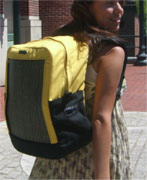 there wasn’t much there for consumers at all. It was all 200w, $1000 panels and huge thermal heating set-ups. I saw one company that was selling the Voltaic Solar Backpack but I’ve already assessed this product and at 4W max output, its not powerful enough. I was rather hoping to see someone with the
there wasn’t much there for consumers at all. It was all 200w, $1000 panels and huge thermal heating set-ups. I saw one company that was selling the Voltaic Solar Backpack but I’ve already assessed this product and at 4W max output, its not powerful enough. I was rather hoping to see someone with the 